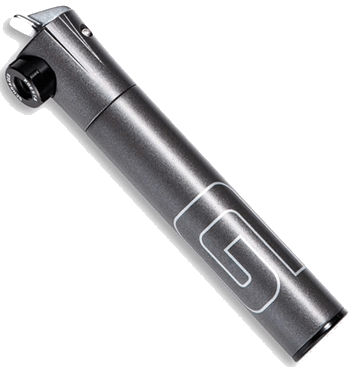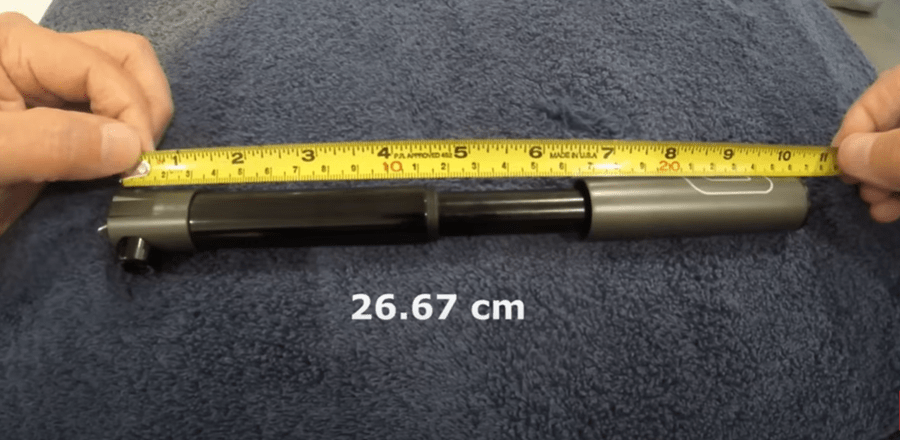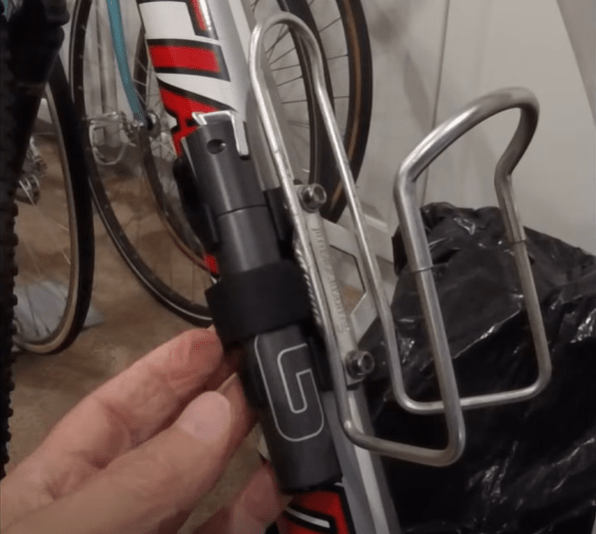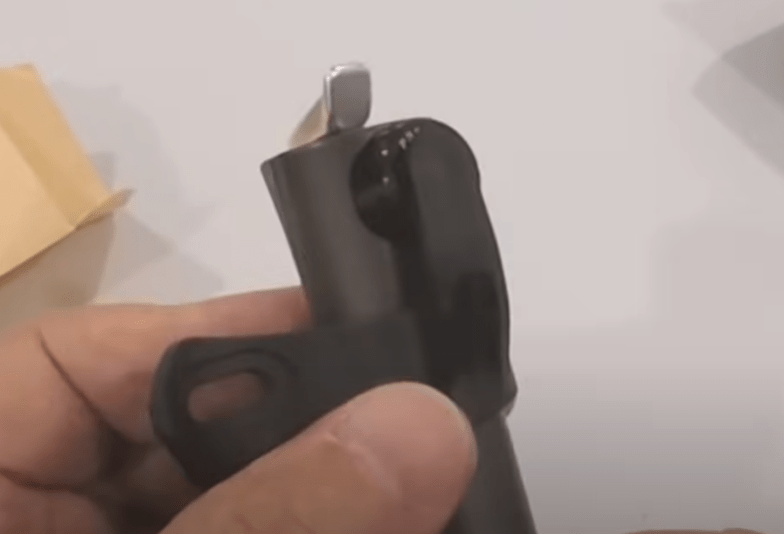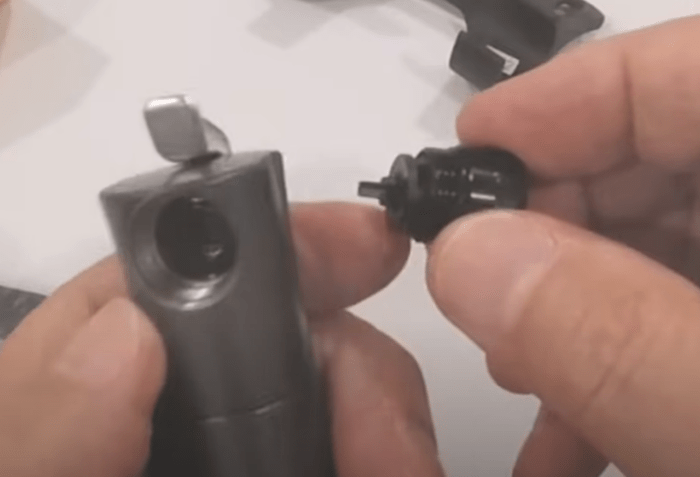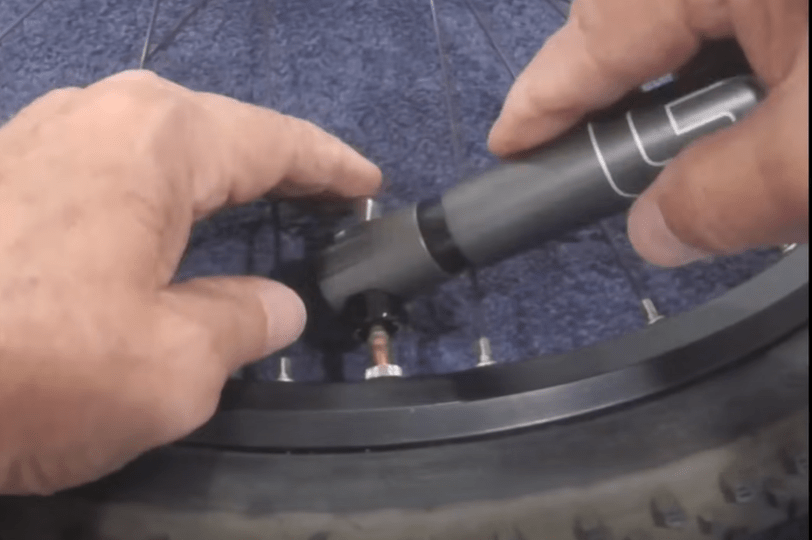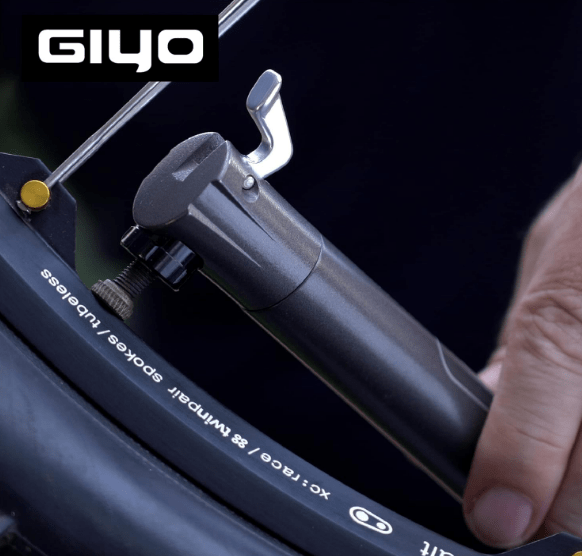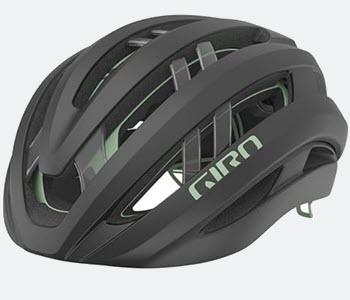Contents
- 1 GIYO Mini Bicycle Pump Review
- 1.1 First Impressions and Unboxing
- 1.2 Versatility in Valve Compatibility
- 1.3 “Upgrade your ride with top-rated bike accessories – Check out our curated selection on Amazon!”
- 1.4 Performance Test: From Flat to Ride-Ready
- 1.5 Final Verdict: Is the GIYO Bicycle Mini Pump Worth It?
- 1.6 Overall rating and recommendations
GIYO Mini Bicycle Pump Review
Cyclists know the importance of a reliable portable bicycle pump, especially when far from home. The GIYO mini pump has gained attention for its compact size and versatility in the world of cycling accessories. But does this hand pump live up to the hype?
This review dives into the real-world performance of this pocket-sized bicycle pump, exploring its strengths and limitations for both road cycling and mountain biking. Read on to discover if this cycling essential deserves a spot in your emergency bike repair kit.
First Impressions and Unboxing
Packaging and included accessories
The GIYO mini bicycle pump arrives in a sturdy box, which is a good start for a bike tool that’s likely to see some rough handling. Inside, you’ll find the pump itself, a pump mounting bracket with screws for attaching to water bottle bosses, and a securing strap. The package also includes brief instructions for use printed on the box. It appears to be a complete kit that gives you everything needed to start using the pump for bike inflation right away.
Design features (size, weight, telescoping pump mechanism)
The pump’s construction is primarily aluminum, giving it a solid feel that’s reassuring for a tool you’ll rely on for on-the-go repairs. When fully closed, it measures approximately 5.1 inches in length, making it a genuinely compact bicycle pump. The telescoping mechanism is smooth and extends to about 10.5 inches when fully deployed, offering a good balance between compactness and usability.
While the exact pump weight isn’t specified, it’s described as feeling heavier than some comparable lightweight pumps due to its metal construction. This extra heft might be a drawback for weight-conscious riders, but it also suggests pump durability that could pay off in the long run.
Mounting options (bottle cage mount vs. jersey pocket carry)
The GIYO pump offers two practical carrying options. The included pump mounting bracket attaches to standard water bottle bosses, allowing the pump to be secured alongside a water bottle. This setup is ideal for bike commuting or bike touring enthusiasts who prefer to keep their pockets free or don’t want to risk losing the pump during a ride.
The bracket features a thoughtful design element: a protective tab that covers the pump head to prevent debris ingress, which could otherwise compromise the pump’s functionality over time.
For those who prefer quicker access or don’t want to use the mounting bracket, the pump’s compact size makes it suitable as a jersey pocket pump. This option offers the advantage of having the bicycle pump readily available without needing to stop and remove it from the bike frame.
“Never get stranded again – Explore our range of compact bike repair kits on Amazon!”
Versatility in Valve Compatibility
Presta and Schrader valve adaptability
One of the GIYO mini pump’s standout features is its dual valve compatibility with both Presta valve and Schrader valve types without the need for a separate valve adapter. This versatility is a significant advantage, as it means the pump can be used across different types of bikes and wheels without additional accessories.
Step-by-step guide to switching between valve types
The pump comes pre-configured for Presta valves, which are more common on road bike pump and high-end mountain bicycle pump needs. To switch to Schrader mode, follow these steps:
Unscrew the pump head.
Push out the internal component.
Reverse its orientation so the wider opening faces outward.
Reinsert it into the pump head.
This process reconfigures the pump for Schrader valves, which are typically found on less expensive bikes and car tires.
Ease of use and potential challenges
Changing between valve types is straightforward but may require some practice to do quickly in the field. We did find that the rubber bushing can sometimes pop out when tapping the valve part against the pump body. While this might seem like a flaw at first, it can actually make the process easier once you’re aware of it.
One potential challenge is keeping track of the small internal component when switching between valve types. It’s advisable to perform this operation carefully to avoid losing parts, especially when you’re out on a trail or road.
“Upgrade your ride with top-rated bike accessories – Check out our curated selection on Amazon!”
Performance Test: From Flat to Ride-Ready
Time and effort required to inflate a tire
In the real-world test, inflating a mountain bike tire from flat to a usable tire pressure took over 3 minutes of continuous pumping. This inflating time might seem long, especially if you’re used to CO2 inflators or floor pumps, but it’s not unusual for a mini pump of this size.
We also noted significant arm fatigue during this process, which is an important consideration when evaluating pump efficiency. In an emergency situation, when you might be tired from riding or stressed about getting back on the road, this level of effort could be challenging.
Pressure achieved after 3 minutes of pumping
After the 3-minute pumping session, the tire reached approximately 38 PSI (2.6 bar pressure). This pressure is just below the minimum recommended pressure of 40 PSI for the test tire, which had a maximum rating of 60 PSI. For many riders, this pressure would be sufficient to continue riding, albeit cautiously.
It’s worth noting that the effort required and pressure achieved can vary based on tire size and desired pressure. Road bike tires, which typically require higher pressures but have less air volume, might take less time but more effort to inflate to riding pressure.
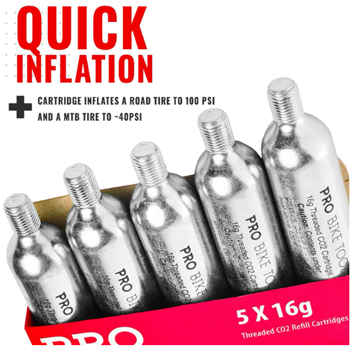
Comparison to CO2 cartridges and frame pumps
While the GIYO pump can provide enough air to get you home in an emergency, it obviously doesn’t match the speed of a CO2 inflator or the efficiency of a full-sized frame pump. However, it offers several
advantages over these pump alternatives:
- Unlike CO2 cartridges, it never runs out of air.
- It’s much more compact than a frame pump, making it easier to carry.
- It’s more versatile than many CO2 inflators, working with different valve types without adapters.
For riders who prefer not to use disposable CO2 cartridges for environmental reasons, or those who want a reliable backup to their primary inflation method, the GIYO pump offers a solid compromise between pump size and functionality.
Final Verdict: Is the GIYO Bicycle Mini Pump Worth It?
Build quality and durability considerations
The pump’s aluminum construction suggests good pump longevity, which is crucial for a tool that might spend most of its time unused but needs to perform flawlessly when called upon. The solid feel and metal components may contribute to better durability compared to plastic pumps, potentially justifying its slightly higher weight.
While long-term testing wasn’t possible in this initial review, the build quality suggests that the GIYO bicycle pump could withstand the rigors of regular use and the occasional drop or knock that’s inevitable in cycling.
Pros: Compact size, versatility, solid construction
The GIYO mini pump’s small size is a significant advantage, making it easy to carry either mounted on the bike or in a jersey pocket. Its ability to handle both Presta and Schrader valves without additional adapters is a convenience that shouldn’t be underestimated, especially for cyclists who switch between different bikes.
The sturdy build inspires confidence in its pump reliability, which is crucial for a piece of emergency equipment. The thoughtful design elements, like the protective tab on the mounting bracket, show attention to detail that suggests the pump was designed by people who understand cyclists’ needs.
Cons: Pumping effort, potential air leakage issues
The main drawback of the GIYO bicycle pump is the significant time and effort required to inflate a tire to usable pressure. This could be challenging in emergency situations, especially if you’re already tired or in difficult conditions.
We did notice slight air leakage if the pump wasn’t held perfectly straight during use. While this isn’t uncommon for mini pumps, it’s something users should be aware of to ensure they’re getting the most efficient pump performance possible.
Overall rating and recommendations
So, we gave the GIYO mini bicycle pump an 8 out of 10 on our scale, which suggests it’s a strong contender in the mini pump market. It’s recommended as a reliable backup option, particularly for riders who prefer not to use CO2 cartridges or those looking for a compact emergency solution for puncture repair.
For everyday riders, commuters, or those who frequently find themselves far from help, the GIYO mini pump offers peace of mind in a small package. Its versatility and solid construction make it a worthwhile investment, despite the effort required to use it.
However, for competitive riders or those who prioritize speed above all else, it might be worth considering this pump as a backup to faster inflation methods rather than a primary solution. For high pressure pump needs or tubeless tire inflation, you might want to explore other options.
In conclusion, the GIYO mini bicycle pump delivers on its promises of compact size and versatility. While it requires some effort to use, its reliability and thoughtful design make it a valuable addition to any cyclist’s kit. Whether you’re a weekend warrior or a daily commuter, this pump offers a blend of portability and functionality that could save your ride when you need it most.
If you enjoyed this review, don’t miss out on more bicycle goodness! Visit our website at classicjapanesebicycles.com for an extensive collection of timeless Japanese bikes and their unique stories. Plus, check out our YouTube channel, Bicycle Restoration Man, for detailed restoration videos and showcases of our finished projects. Subscribe and join our community of bike enthusiasts!
 |
We earn from qualified Amazon purchases with NO cost to you. ANY item that you need or were going to purchased anyway through any of our links, helps support this site. Thank you for your support!


